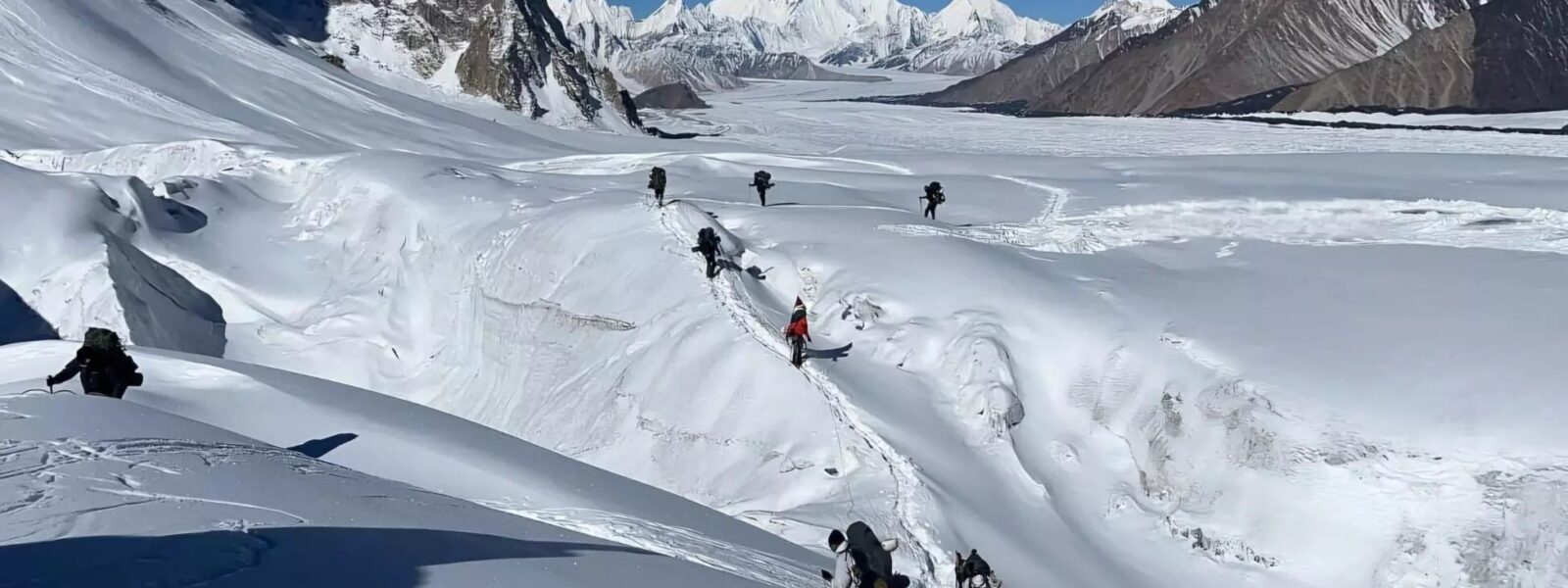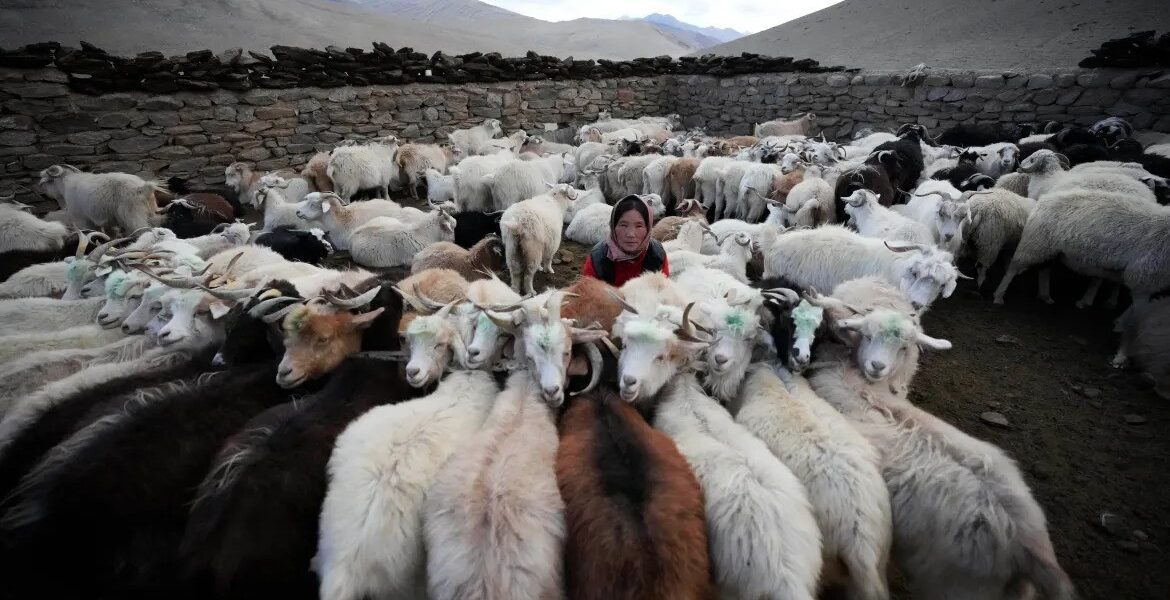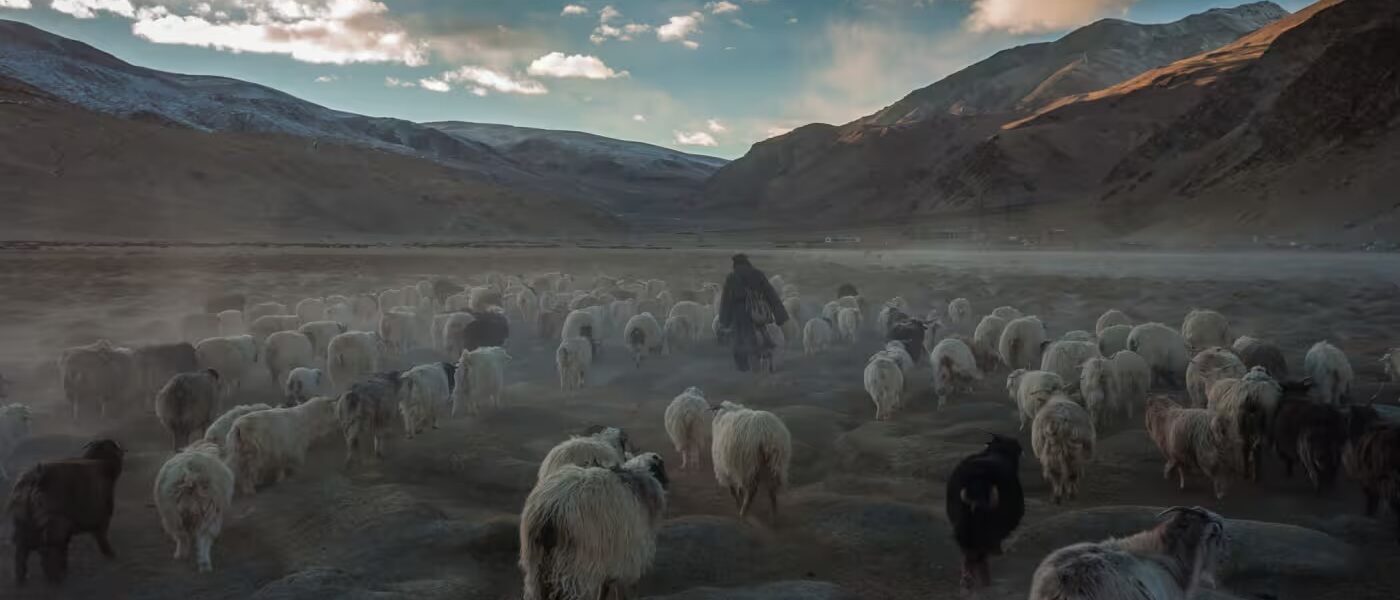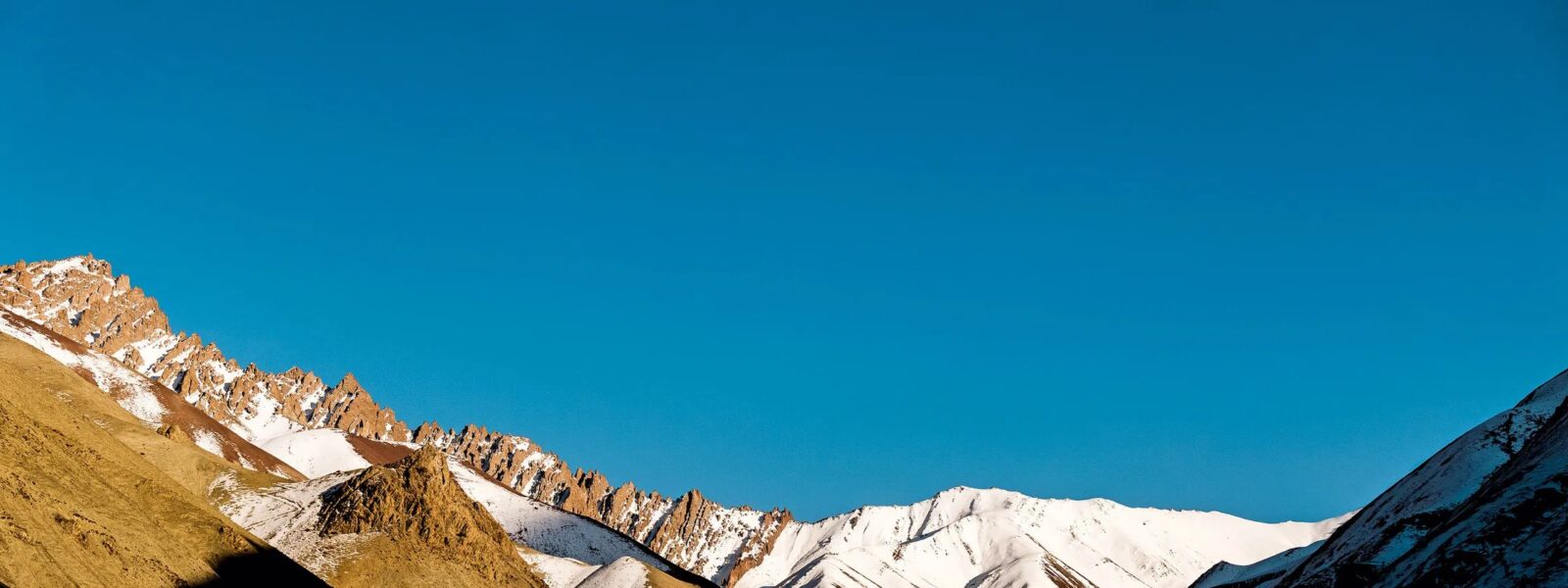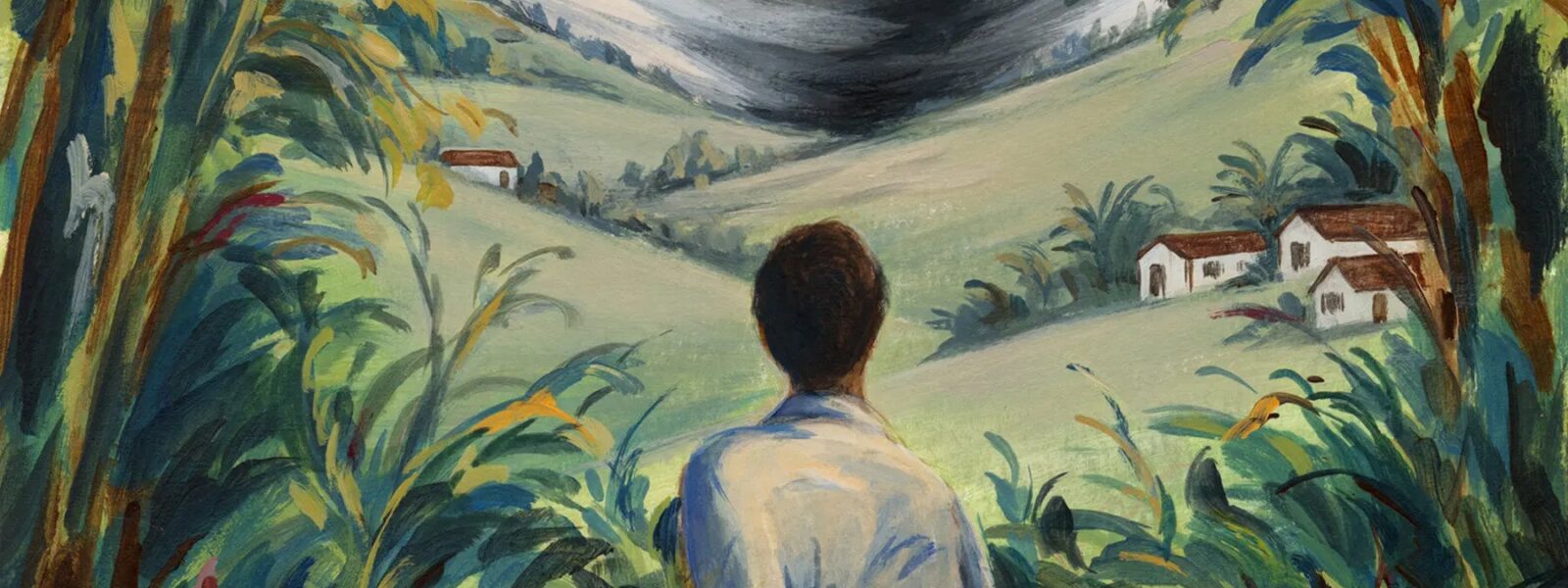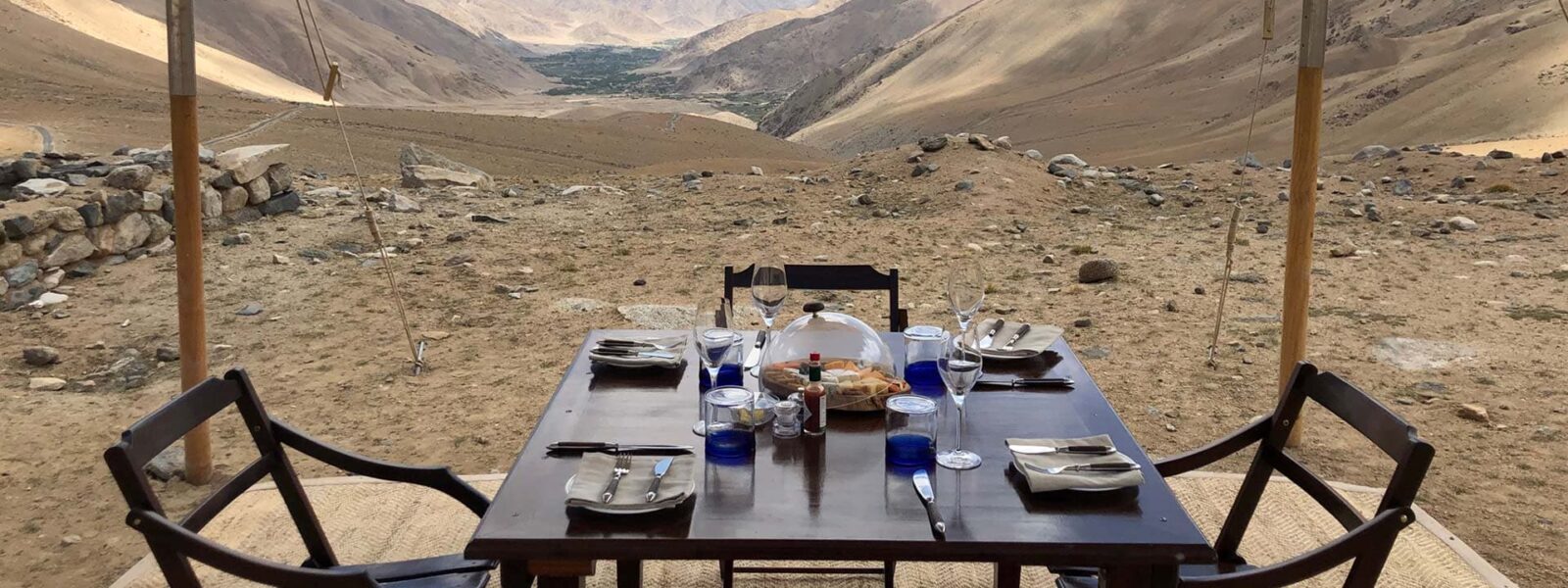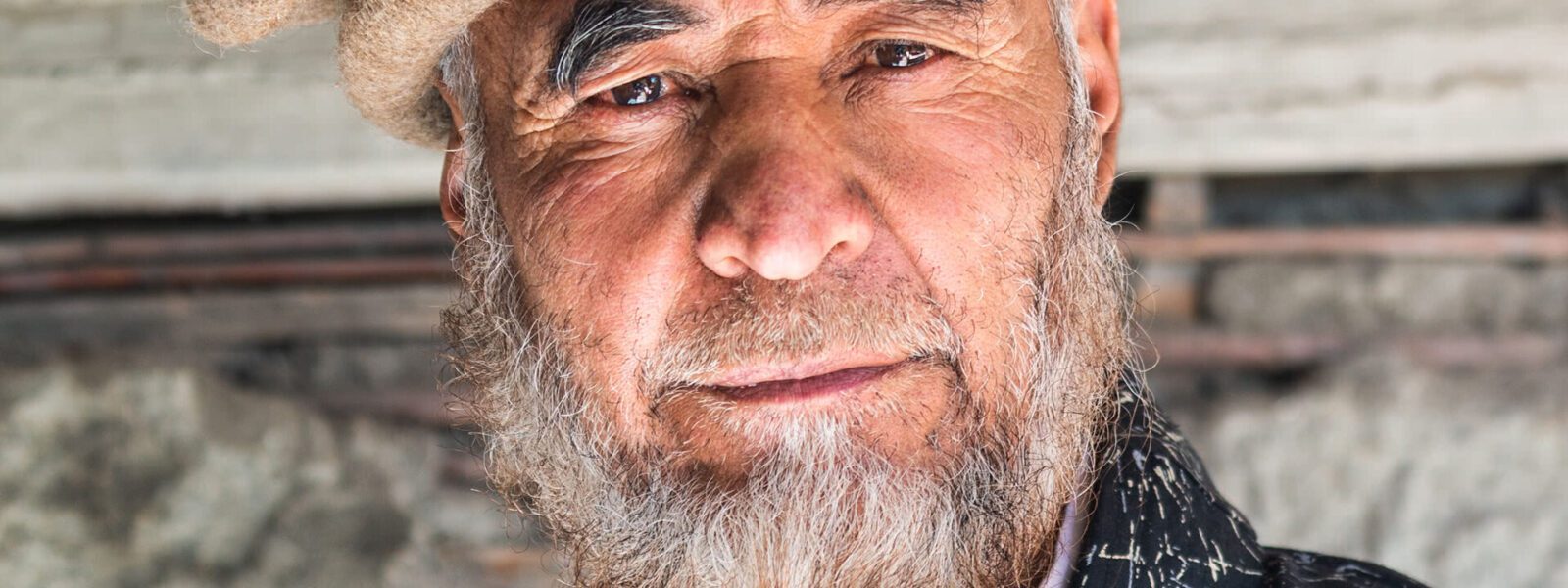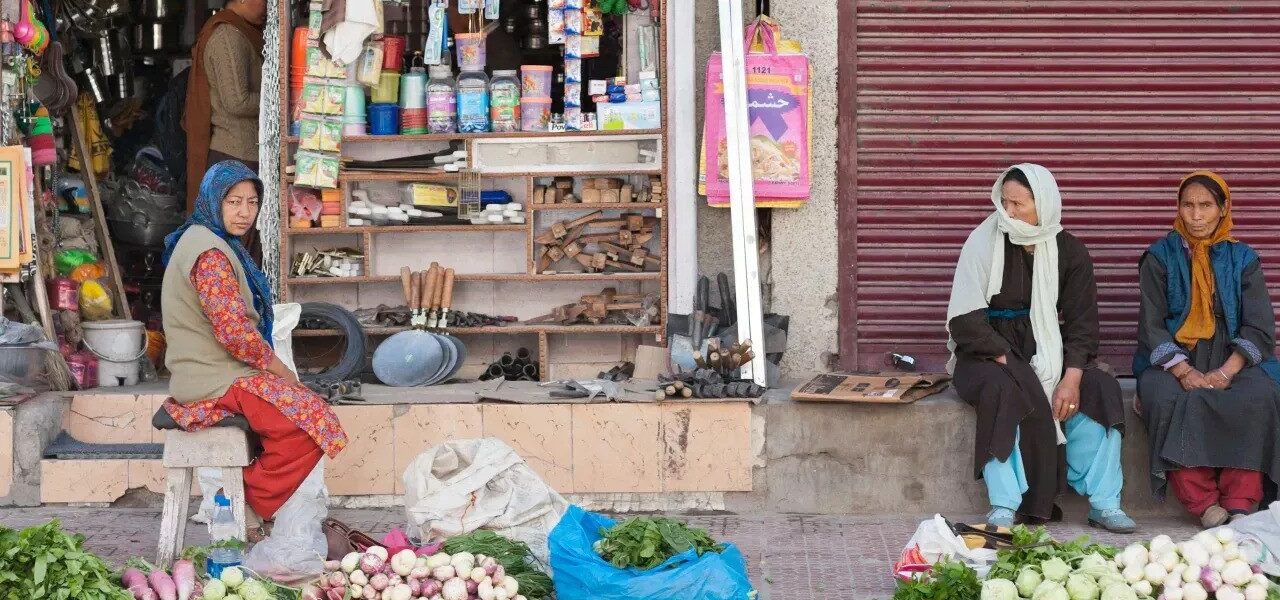The Indian Army, in collaboration with the Ministry of Tourism, has launched an innovative initiative, Bharat Ranbhoomi Darshan, opening 77 battleground sites for tourism. From the icy heights of Siachen Glacier to the historical Galwan Valley, this initiative offers a unique opportunity to explore India’s military history while supporting local economies.
Introduction
Imagine walking the grounds where India’s brave soldiers stood their ground, defended the nation, and etched their names into history. With the Bharat Ranbhoomi Darshan initiative, this dream is now a reality. The project not only honors the sacrifices of the armed forces but also serves to educate the public and promote sustainable tourism in remote and historically significant regions. This blog dives deep into the key destinations, their significance, and why you should include them in your next holiday plan.
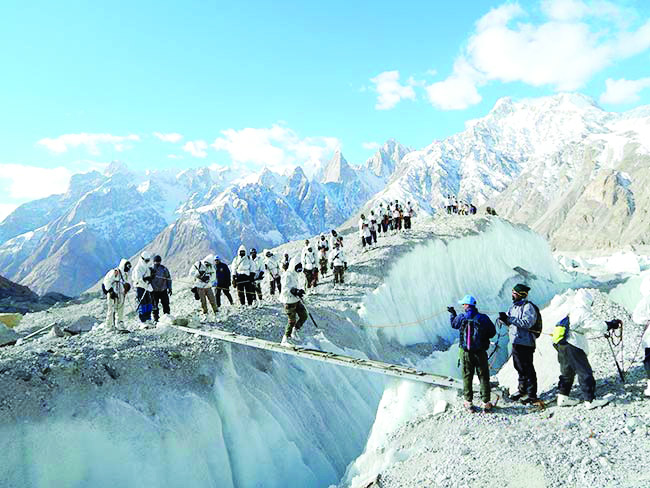
Galwan Valley: Witness the Resilience
Galwan Valley, located in Ladakh, is infamous for the 2020 conflict between Indian and Chinese forces. This high-altitude area is now part of the battle tourism circuit, allowing visitors to reflect on the sacrifices of Indian soldiers who defended national sovereignty against all odds.
- Highlights: The stark beauty of Ladakh’s mountains combined with its military significance.
- Tourist Facilities: Guided tours and educational sessions on the historical events of 2020.
- Key Insights: Learn about the road construction conflict that led to this historic standoff.
Tourists visiting Galwan can also explore nearby attractions such as Pangong Tso and Leh, making it a multifaceted destination for history buffs and nature enthusiasts alike. The experience is both humbling and enlightening, as it provides a closer look at the challenges faced by soldiers operating in such harsh conditions.
Siachen Glacier: The World’s Highest Battlefield
Siachen Glacier stands as a testament to human endurance and military strategy. Opened to tourists in 2023, this site provides an unparalleled view of the challenges faced by soldiers stationed at altitudes exceeding 15,000 feet. The glacier has been a contentious area between India and Pakistan since 1984, with extreme weather conditions adding to its strategic importance.
- Why Visit: Experience the extreme conditions where India and Pakistan have faced off since 1984.
- Visitor Experience: Explore the Siachen Base Camp and understand life at the glacier.
- Local Economy: The opening of Siachen to tourists has created new opportunities for local communities, with guides and eco-tourism initiatives gaining traction.
Visitors to Siachen will leave with a deep appreciation for the sacrifices of the soldiers who serve in such inhospitable conditions. Educational programs and interactive exhibits at the base camp offer a detailed overview of the glacier’s history and its role in India’s defense strategy.
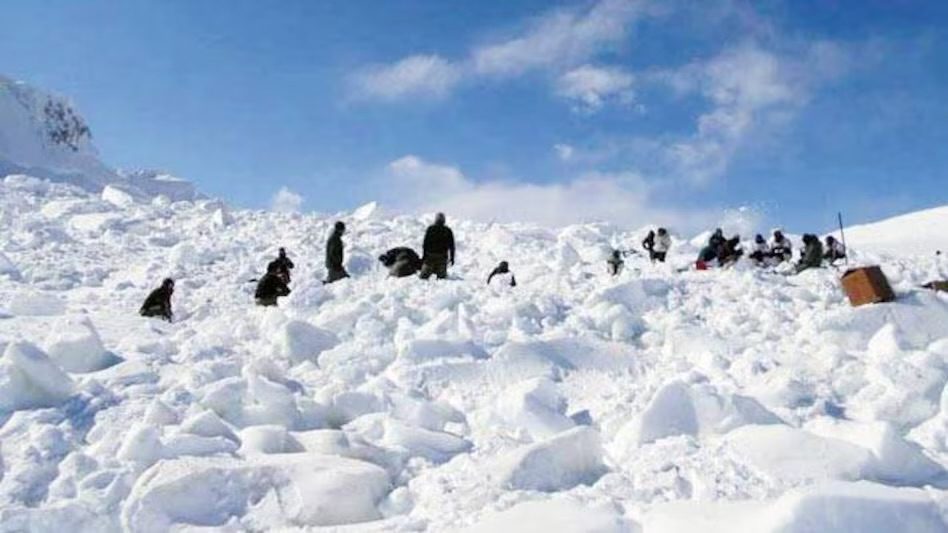
Longewala: Heroism in the Thar Desert
Located in Rajasthan, Longewala commemorates the iconic 1971 battle where 120 Indian soldiers defended against an invasion by 2,000 Pakistani troops. The site offers a unique blend of history and culture, with the War Memorial serving as a central attraction.
- War Memorial: Relive the history with memorabilia and documentaries.
- Activities: Tours of the battle site and firsthand accounts of military strategy.
- Cultural Connection: The nearby desert towns offer a glimpse into Rajasthan’s rich heritage, making Longewala a well-rounded destination.
The Battle of Longewala is celebrated as a symbol of resilience and courage, with interactive displays and reenactments bringing the events of 1971 to life. Visitors can also participate in cultural programs that showcase the vibrant traditions of the region.
Kargil: Remembering the Heroes
The Kargil War Memorial in Ladakh is a must-visit for those wishing to pay homage to the soldiers who fought in the 1999 conflict. Situated amidst breathtaking landscapes, it combines solemn history with natural beauty. The memorial is a poignant reminder of the sacrifices made during the Kargil War and offers a deeply moving experience for visitors.
- Memorial Features: Engraved walls bearing the names of fallen soldiers and guided tours recounting the war.
- Nearby Attractions: Visit Dras and other sites significant to the Kargil War for a comprehensive understanding of the conflict.
In addition to the memorial, tourists can explore the vibrant culture of Ladakh, with its monasteries, festivals, and stunning natural scenery providing a perfect backdrop for reflection and discovery.

Economic and Cultural Benefits
The Bharat Ranbhoomi Darshan initiative aims to:
- Boost Local Economies: By transforming remote battlegrounds into tourist hubs, local communities benefit from increased employment and economic activity.
- Preserve History: The initiative ensures that the stories of India’s military heroes are passed down to future generations.
- Education: Offering detailed insights into battles, strategies, and the life of soldiers through museums, guided tours, and interactive exhibits.
- Infrastructure Development: Improved connectivity and facilities in remote areas.
Testimonial
“Visiting the Siachen Base Camp was a life-changing experience. Understanding the sacrifices made by soldiers in such harsh conditions gave me a newfound respect for the armed forces.” – David Johnson, United Kingdom, Travel Blogger
Practical Tips for Visitors
- Clothing: Dress in layers; high-altitude areas can be extremely cold.
- Permits: Ensure you have the necessary documentation to visit restricted areas.
- Health: Acclimatize to high altitudes to avoid altitude sickness.
- Support Local: Purchase handicrafts and local goods to contribute to the economy.
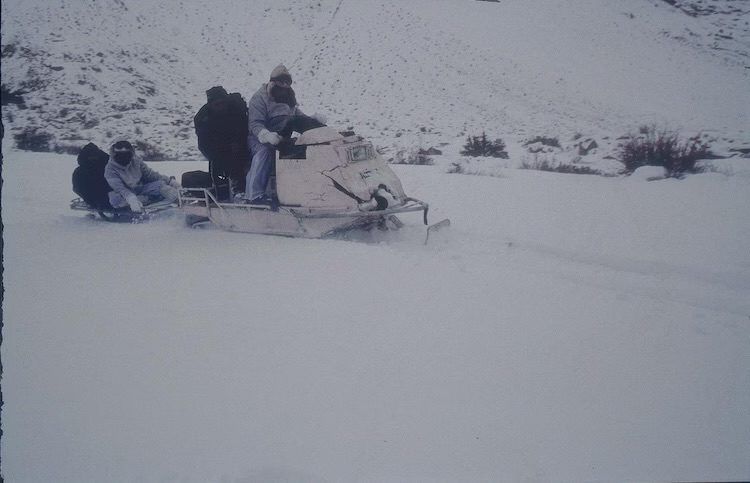
Q&A Section
- What is Bharat Ranbhoomi Darshan?
- An initiative by the Indian Army and Ministry of Tourism to open battleground sites for tourism.
- Which sites are included?
- Key sites include Galwan, Siachen, Kargil, Longewala, and others across India.
- Do I need special permits?
- Yes, some areas require restricted-area permits, which can be obtained via the Bharat Ranbhoomi website.
- When is the best time to visit?
- Spring and autumn are ideal for Ladakh and high-altitude areas.
Embark on a journey through India’s heroic past with the Bharat Ranbhoomi Darshan initiative. Explore the stories of bravery, witness the breathtaking landscapes, and pay homage to the soldiers who shaped history. Whether you’re a history enthusiast, an adventure seeker, or someone looking to connect with the roots of India’s military legacy, this initiative offers something unique and unforgettable.

